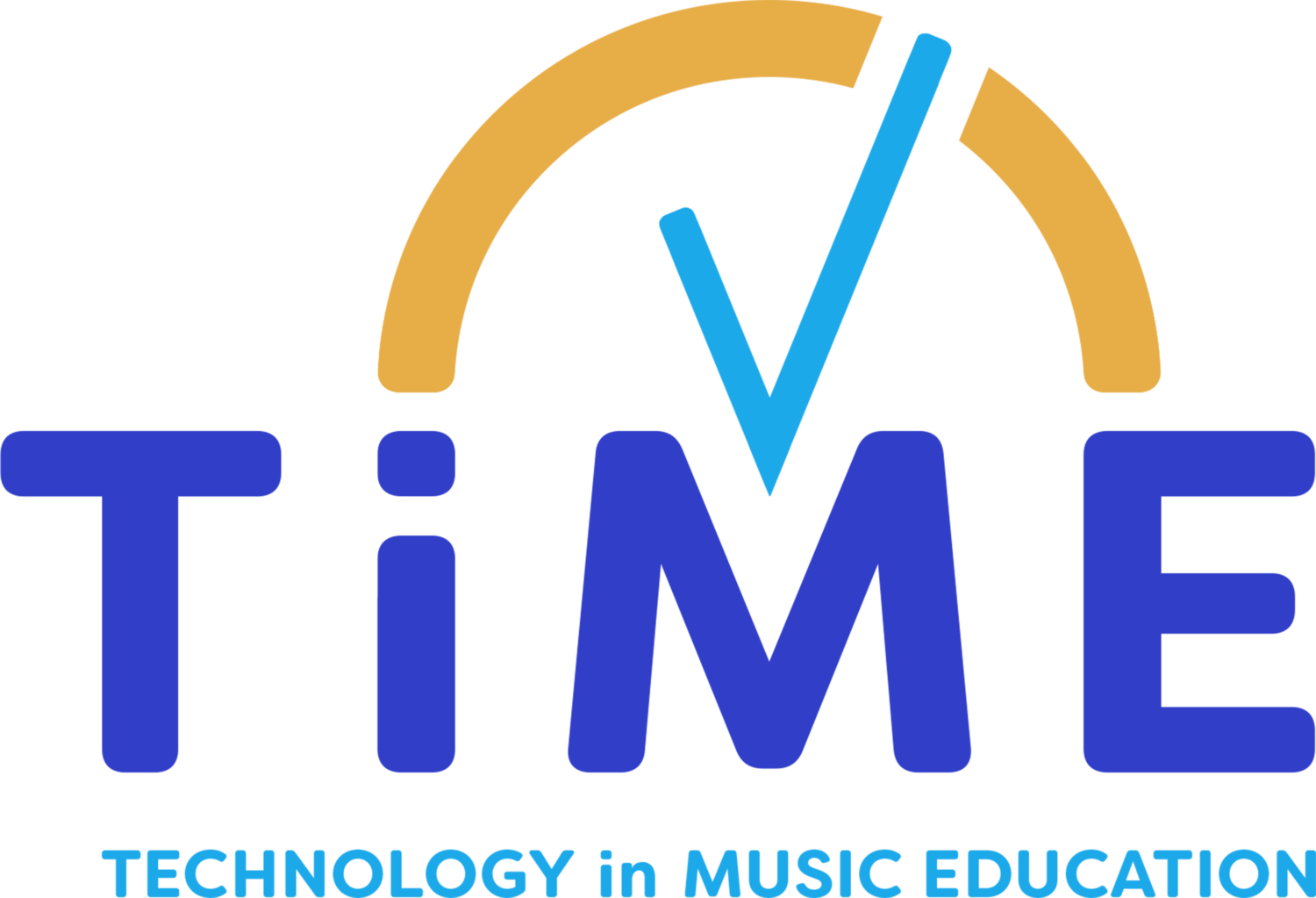SoundWorlds at Nether Hall School - Music, technology and nature
Plant Wave Technology in the Sound Worlds project - Author: Husna Khalid
In my garden - music created at Nether Hall School by students and Sound Artist Trekkah Benjamin using the Plant Wave technology
TiME’s (Technology in Music Education UK) Development Director, Kate Rounding, undertook a project to enable young people with Additional Learning Needs and Disabilities to engage with accessible music technology using the Plant Wave technology.
Thanks to funding from The Mighty Creatives (TMC), the project collaborated with Offshoots CIC and Nether Hall School (in Leicester) to deliver a successful project.
Offshoots CIC (based in Nottingham) would primarily lead the 3-day project with freelance artist Benjamin Ziec (aka Trekkah) as lead creative Practitioner and their own young person and freelance artist: Husna Khalid.
The Plant Wave technology operates by detecting slight electrical variations in a plant via two electrodes placed on the leaves and converting it into midi information. This information is passed to the Plant Wave app where sound can be generated and manipulated. Within the Plant Wave app, there are a range of different sound sets that can be used (e.g. ‘emerald journey’ or ‘modern piano’), and further adjustments can be made to change the key or frequency of the sound. These sounds can be recorded in an audio or a midi format that can also be imported into a separate Audio editor.
The Creative Practitioners travelled to the school for 3 days.
On the first day, the SEN/D Pupils were introduced to the technology in the school setting. On the second day, the Pupils visited the Botanical Gardens in Leicester and spent the day exploring the gardens and taking readings from the plants.
A small group of 5-6 Children at a time, attached the plant wave technology to the plants using crocodile clips and, using the app, played with creating different sounds from the plants. While the rest of the students gathered leaves and materials to be used in the classroom on the last day.
On the last day, the children worked in the school and used leaves, pinecones and other materials gathered the previous day, playing with them in their groups to create sound from the technology again. Trekkah then used these sounds to create soundscapes as part of a set of resources, lesson plans and songs that could be used again by the school.
The young people were able to engage in making music without the technical skills of playing an instrument or that traditionally come with music making. This made it easier for them to engage with music creation and express themselves, with one pupil creating and performing a song about their love for Minecraft on the third day.
The technology helped open the young people to see the world in a more ‘magical’ way, inspiring their creativity. Another Young Person repeatedly shouted ‘it’s not real,' over and over until they tried the Plant Wave technology for themselves – it was great to hear them exclaim ‘oh it is real!” They then went on to encourage and support another equally surprised student to use the device.
The teachers and teaching assistants found the technology interesting. Music Teacher Aimee Harrison expressed how ‘in a SEN/D Setting it is essential that experiences are creative to allow learners to express themselves freely through music, art or dance.’ She stated that ‘the benefits of this are seen academically, socially and emotionally, and the opportunity to link music and the natural world brings these elements together.'
This technology has the potential to remove barriers and to give SEN/D learners the freedom to create and own their musical compositions and generate musical ideas at even a beginner level. For people with Profound and Multiple Learning Difficulties (PMLD), this could be particularly useful and as part of the partnership project with Nether Hall School, the plant wave technology will be loaned to the school for use with all their learners.
We also noticed the sounds emerging from the technology helped to soothe and calm students, as one student (when wearing headphones and listening to the sound emerging), sat calmly just listening to the music. This technology therefore could be useful in therapeutic musical sessions or musical therapy in the future, and we look forward to hearing more from Nether Hall School about how this technology can support musical experiences.
Thanks to Offshoots C.I.C, support from TiME and funding from TMC the Young People who took part (30 students with Additional Learning Needs and Disabilities) were able to experience music making in a new and creative way, take part in a visit to the Botanic Gardens, engage with nature through new music technology, and gain an Arts Award Discover through their participation.
https://www.plantwave.com
Husna Khalid


